Cycas is a very old seed plants that has survived to the present day. Through their coralloid roots, these plants can create a special symbiosis. They are pre-dinosaur plants that first appeared during the Permian period, nearly 280 million years ago. Isn’t it cool !?
On the other hand, these plants have survived to the present day and look almost identical to their dinosaur-era ancestors! This means Cycas can survive in extreme environmental conditions with very low nutrients, such as sand dunes, slopes, cliffs, and even on rocks, where other plants cannot.
Cycas or Sago Palm has a thick, shaggy trunk, and pinnately compound leaves that are dark green in color. The trunk of a young plant is very low, or subterranean, but as the plant ages, it becomes longer above ground. It expands into a rosette that resembles feathers. The basal leaflets start to resemble spines more.
Sago palms typically have a single trunk, but some older specimens can group their trunks together into clumps. On top of the short, thick trunk, a sizable rosette of arcing leaves develops.
The Sago Palm is known by the genus name revoluta because of its feathery, 0.6 to 0.9 m long, dark glossy green leaves that are sharply divided into 10 cm long, stiff leathery leaflets that curl out. As new leaves appear, a circle of light green spikes forms around the trunk. When the leaves reach their full length, they slowly uncoil to create a new rosette of leaves. The female flower is a modified leaf globe that grows into a tightly packed seed head encircled by tiny whitish leaves. The 30 to 45 cm tall male cone is yellowish in color.

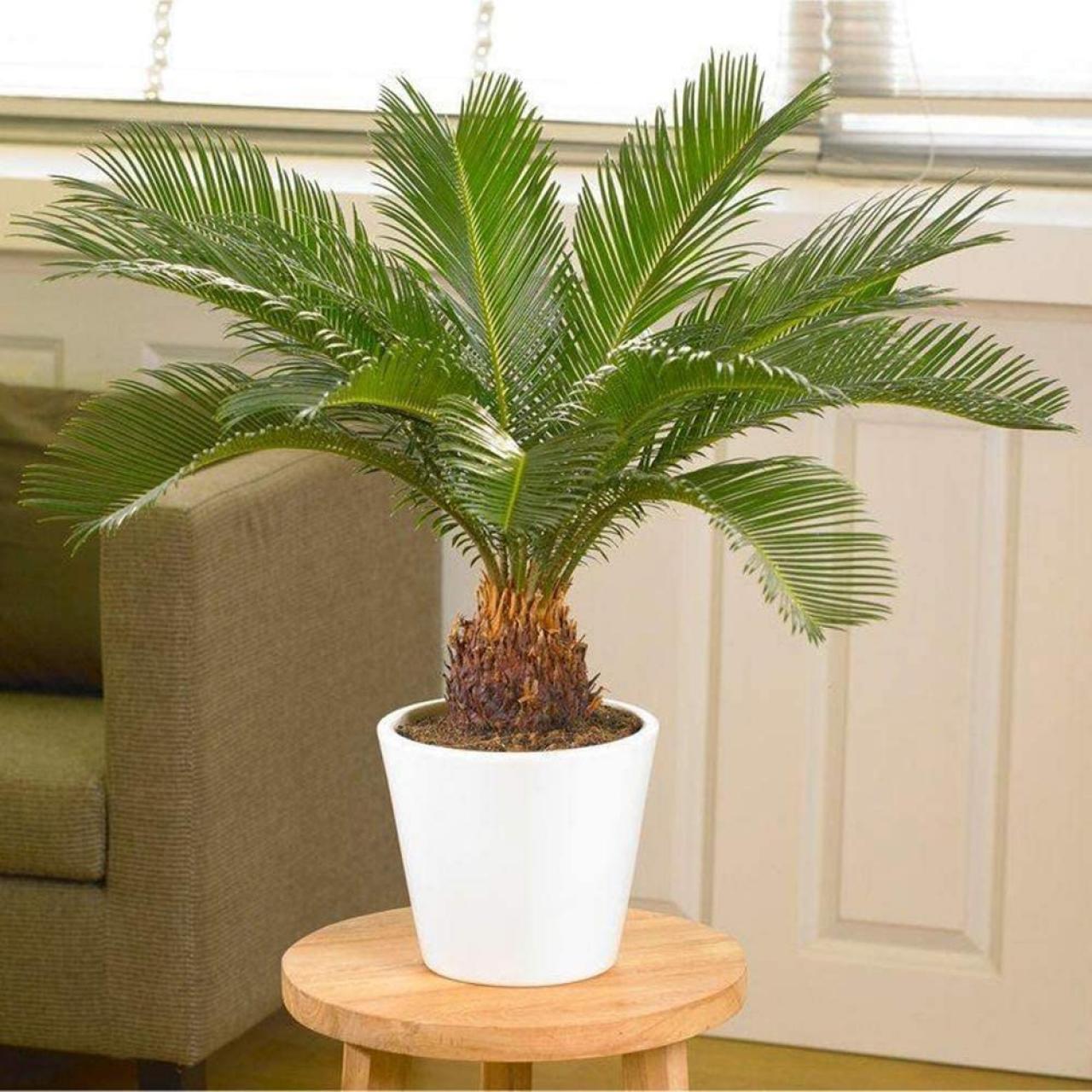

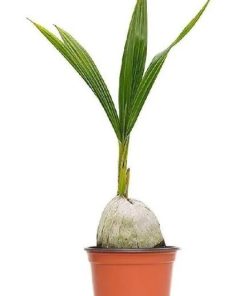
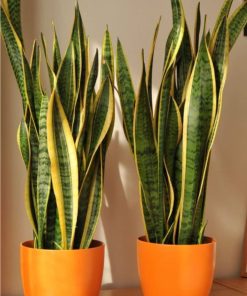
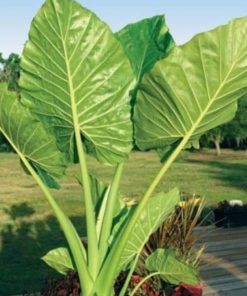
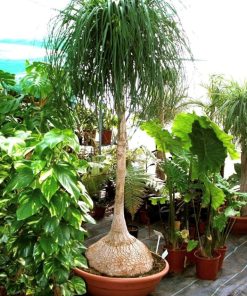
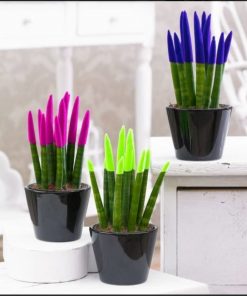
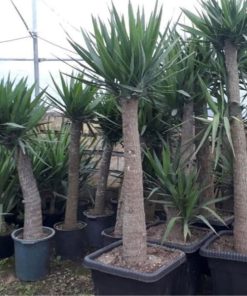


Reviews
There are no reviews yet.